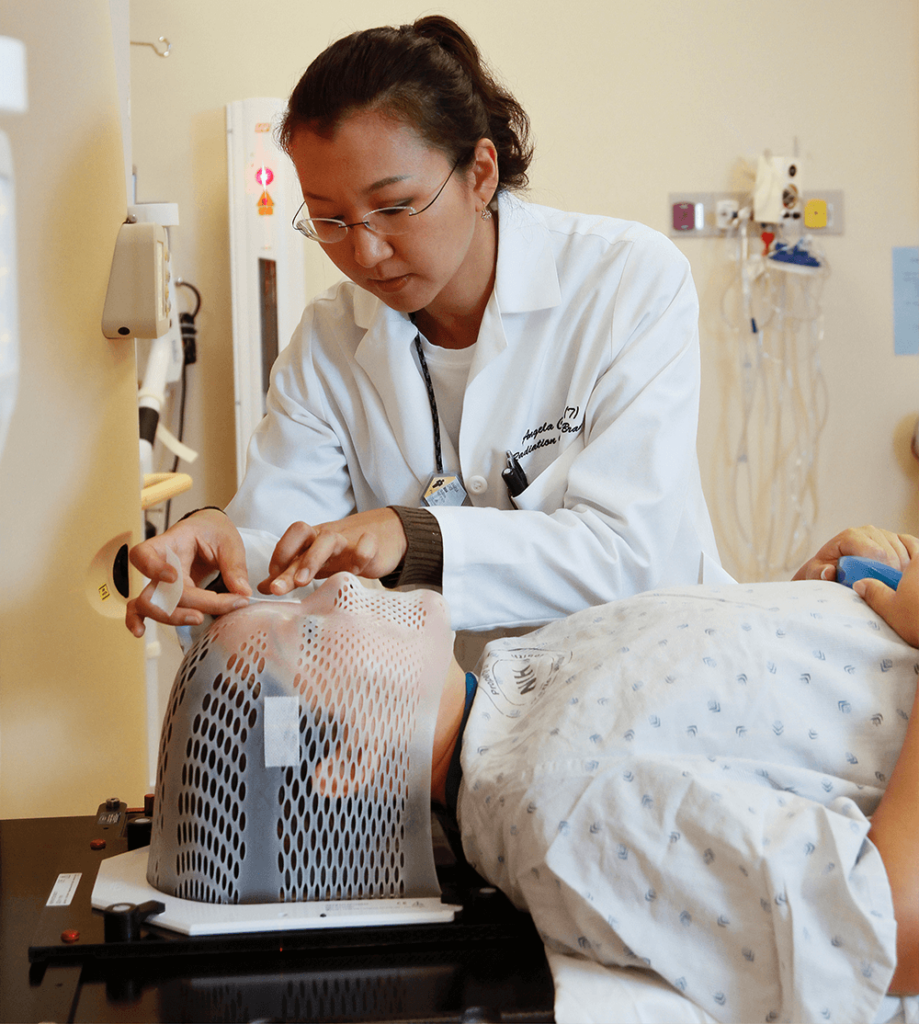
Access to quality healthcare is a fundamental right for all citizens, regardless of where they live. However, in many countries, including Australia, the distribution of healthcare professionals can be uneven, resulting in healthcare gaps, particularly in rural and remote areas. In this article, we will discuss the Distribution Priority Areas (DPA) and District of Workforce Shortage (DWS) classifications in Australia and explore how recruitment agencies like GCG Global Healthcare can play a pivotal role in addressing this critical issue.
Understanding DWS and DPA
In Australia, the Department of Health classifies geographic areas into two categories: Distribution Priority Areas (DPA) and Districts of Workforce Shortage (DWS). These classifications are crucial in addressing the maldistribution of healthcare professionals.
- Distribution Priority Areas (DPA): DPA regions are typically urban or metropolitan areas where there is a higher concentration of healthcare professionals. These areas are less likely to face workforce shortages and are considered adequately served in terms of healthcare access.
- Districts of Workforce Shortage (DWS): In contrast, DWS regions are areas where there is a demonstrated shortage of healthcare professionals, such as doctors. These are often rural or remote locations that struggle to attract and retain medical practitioners.
The DWS classification identifies areas where additional healthcare resources are urgently needed to ensure equitable access to medical services. This classification is essential in addressing healthcare disparities and improving healthcare outcomes for all Australians.
The Role of Recruitment Agencies
Recruitment agencies specialising in healthcare, like GCG Global Healthcare, play a crucial role in bridging the gap between DWS regions and healthcare professionals. Here’s how they can assist:
- Identifying Opportunities: Recruitment agencies actively identify DWS regions and healthcare facilities within these areas that require additional staffing. They keep abreast of changes in DWS classifications and can quickly match healthcare professionals with suitable opportunities.
- Connecting with Healthcare Professionals: Recruitment agencies maintain a network of qualified healthcare professionals, including doctors, nurses, and allied health workers. They can connect DWS regions with skilled individuals who are willing to work in underserved areas.
- Streamlining the Recruitment Process: The recruitment process for healthcare professionals can be complex. Recruitment agencies have the expertise to streamline this process, helping healthcare facilities navigate visa requirements, certifications, and licensing.
- Support and Guidance: Healthcare professionals considering work in DWS regions often require support and guidance. Recruitment agencies offer assistance with relocation, accommodation, and adapting to the unique challenges of rural and remote healthcare settings.
- Long-term Solutions: Recruitment agencies focus on building long-term partnerships between healthcare professionals and facilities in DWS regions. This ensures stability in staffing and improved access to healthcare services for local communities.
Addressing the issue of healthcare workforce shortages in DWS regions is essential for ensuring equitable healthcare access for all Australians. The DWS classification system, coupled with the expertise of recruitment agencies like GCG Global Healthcare, represents a crucial step toward achieving this goal. By connecting healthcare professionals with underserved areas, recruitment agencies contribute significantly to narrowing the healthcare divide, improving healthcare outcomes, and enhancing the overall well-being of communities across Australia.
References:




